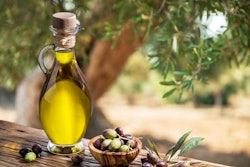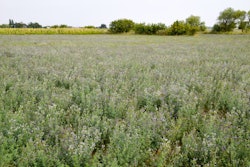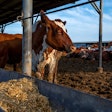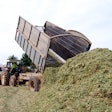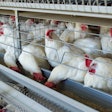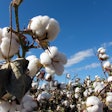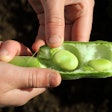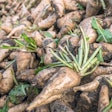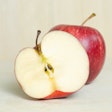
Peanut meal is a tasty byproduct that needs some special attention before use.
Peanut butter is composed of cleaned whole peanut seeds, leaving only the outer (burgundy) thin seed coat as a source of fiber for ruminants, and the embryo, which is bitter, as a source of protein and some lipids for pet birds. Thus, peanut meal is not a by-product of the peanut butter industry, as many believe. Instead, peanut meal is the valuable byproduct of peanut oil extraction – mostly by the solvent method. Peanut oil is a prized culinary item for its flavor, especially when it is derived from toasted peanuts. As humans consider peanut butter a tasty treat, animals also find the oil-deprived residue equally tasty, perhaps because peanut meal contains a residual 2% oil (that can go as high as 8% in mechanically pressed peanut cake).
Peanuts (Arachis hypogaea) are legumes, just like soybeans, and this gives them the same anti-nutritional factors, only in reduced concentrations. In fact, trypsin-inhibiting activity is the only anti-nutritional factor of any concern for monogastric animals. Otherwise, peanut meal, apart from a tasty ingredient that can enhance feed intake in animals suffering from low appetites, contains up to 50% crude protein. It appears to be able to replace soybean meal on protein content, but it has less total and digestible amino acids compared with soybean meal. This can be resolved with careful feed formulation.
Peanut meal has two major issues that do not plague soybean meal. First, it contains excess fiber if the highly lignified husks are not removed before oil extraction. In this case, fiber concentration can reach up to 20%. This limits its inclusion rate (or replacement of soybean meal) up to the point where the crude fiber concentration of the feed meets the maximum formulation constraint. If husks are removed before oil extraction, then peanut meal can be used without consideration to its fiber concentration; its residual fiber is similar to that of soybean meal (6%). Obviously, high-fiber products are better tolerated by older animals, and in this case a gradual introduction to such peanut meal products is usually recommend.
The second and more important issue, and it is one that is rather unique to peanuts, has to do with the way peanut seeds grow on the plant. They grow underground, and this often results in considerable contamination with soil and, of course, mycotoxins, both of which can end up in the byproduct (but not in the oil). In general, these contaminants are removed and rejected by the processing plants and, if heavily contaminated peanut meal is suspected, it is best to avoid it. Otherwise a suitable mycotoxin binder must be used to alleviate the problem of mycotoxins. In most cases, the major mycotoxin family in peanuts is that of aflatoxins. Luckily, aflatoxins are polar mycotoxins and these can be neutralized by inexpensive binders such as bentonite or similar compounds.
As always, with any new ingredient, knowing as much as possible about its origin, processing, and nutrient and contaminant profile can help feed professionals determine how best to respond to each problem.



